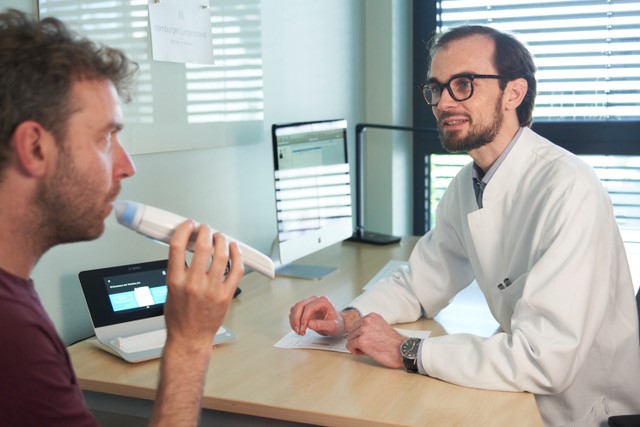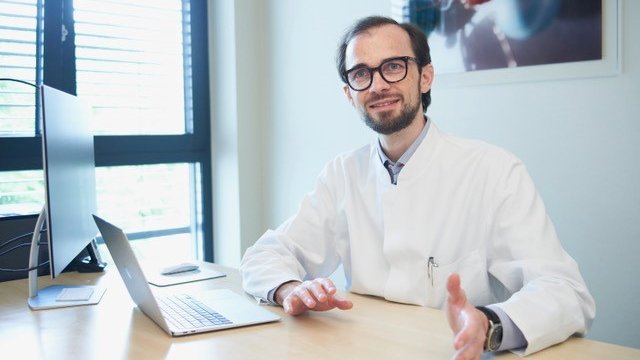Why are you involved in the NUM?
At the very beginning of the pandemic - when terms such as Long-COVID and Post-COVID did not yet exist - we developed a study concept in Kiel that focussed on the long-term consequences of a SARS-CoV-2 infection. This concept was then further developed in NAPKON and successfully implemented as part of the Population based platform (NAPKON-POP, COVIDOM study). Research into Post-COVID syndrome is particularly close to my heart, as there are still only a few treatment concepts available and those affected often suffer from their symptoms for many months. The NUM offers an ideal environment for addressing such complex clinical pictures through interdisciplinary dialogue.
Where do you see the greatest opportunities if all university hospitals conduct joint research?
The greatest opportunity lies in the cross-location interdisciplinarity. Each university hospital has a different focus and brings different expertise to the table. Both in the medical specialisms and in areas such as IT infrastructure and the management of clinical trials, the conditions at the various clinics differ greatly in some cases. I see an opportunity here to exchange ideas, learn from each other and thus generate scientific success more quickly. This is also important in order to remain internationally attractive and competitive, as large, multi-centre data sets are already standard in many clinical cohort studies, particularly in other countries.
Tell us a technical term from your job that sounds exciting and that only the real experts understand! What does the term mean?

A term that many people find difficult to pronounce and that is perhaps less easy to visualise at first is "bodyplethysmography". This is a special form of lung function measurement in which not only the lung volumes that can be actively inhaled and exhaled are measured, but also the lung volume that remains in the lungs at the end of exhalation. This is important for a more precise description and differentiation of certain lung diseases. For lung specialists (also known as pulmonologists), this examination is part of their everyday work. In the neighbouring disciplines of internal medicine, however, the assessment and interpretation of a bodyplethysmographic examination often presents a challenge ...
What excites you about your job?
In my opinion, pulmonology is one of the most varied specialisms in internal medicine. The spectrum ranges from respiratory diseases such as asthma and COPD to cancer, from infectious diseases to pulmonary vascular diseases and other rare lung conditions to respiratory medicine. There are many interfaces with other specialist disciplines and I always enjoyed this interdisciplinary collaboration. Perhaps this was also good preparation for the collaboration in the NUM, which thrives on the exchange between the specialist disciplines.




